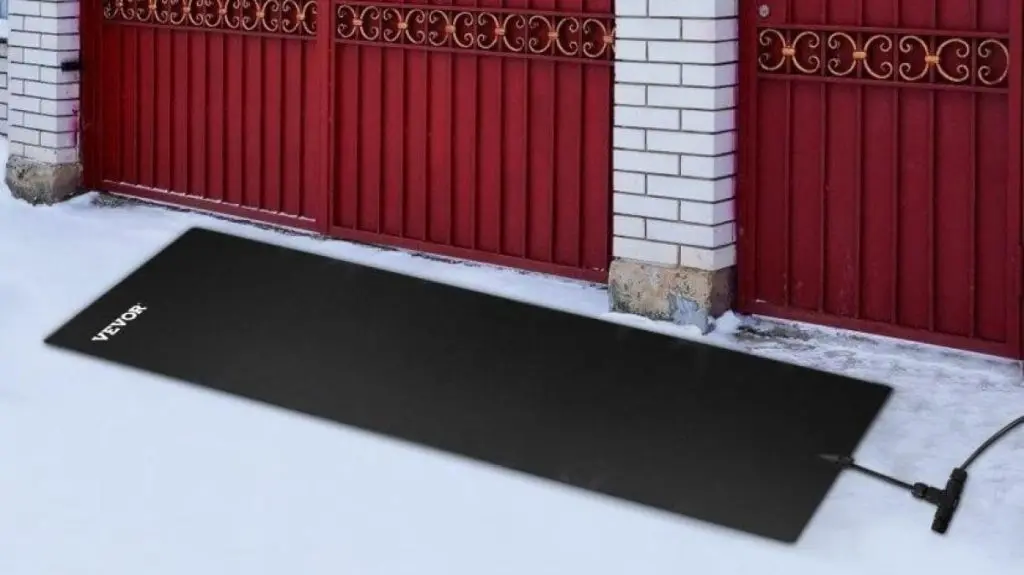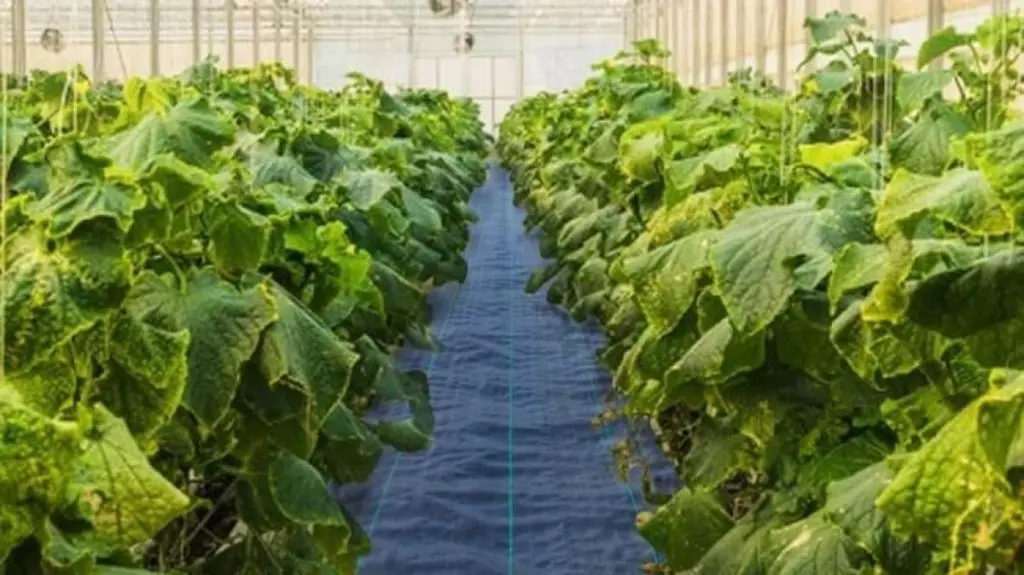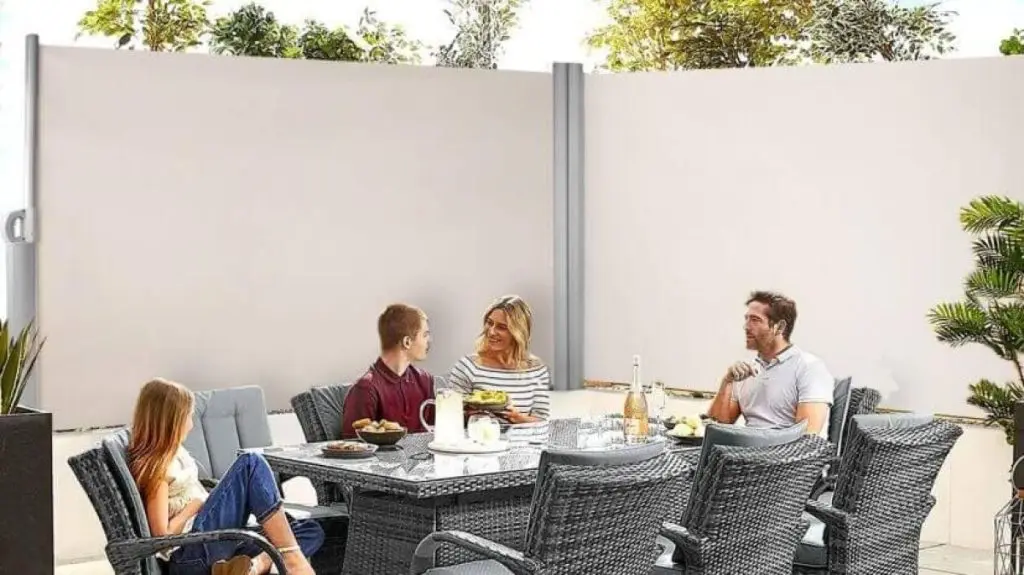Landscaping is not only about putting flowers in the garden. It increases property value and makes areas more visually appealing. There is hardly any doubt that landscape design can help to turn your outdoor area into a thing of beauty. It increases the aesthetic value since your home will appear better from the street.
This landscaping 101 guide contains all the information that a beginner needs to know. Here, you will discover the significance of landscaping and the elements to consider. We will talk about the difference between hardscape and softscape, plants, and how to arrange them. We will also consider some basic equipment a beginner needs to acquire.
Are you now ready to start your landscaping? Great! So, let’s get started and work on the outdoor area of your choice!
Table of contents
Understanding the Basics of Landscaping
Simply, landscaping refers to the management, planning, or design of yards and outdoor areas. It encompasses creating spaces that are attractive and at the same time practical and can be built sustainably. In essence, landscaping involves the incorporation of components of nature with man-made features in order to improve on the appearance and functionality of an area.
The two major subdivisions of landscaping are known as hardscaping and softscaping. Anything in a landscape design that is not a plant is considered hardscape. This includes pathways, patios, retaining walls, and any other structures constructed of stone, bricks or concrete. These elements give form and delimitate the space.
Softscaping, on the other hand, consists of the living part of the landscape. This range is made up of trees, shrubs, flowers, and attackers such as grasses. Softscaping continues the accent of colors and textures to the landscape enhancing it with vitality which changes with seasons.
Hardscaping and softscaping are two integral components of a designed landscape that bring out the best features of a given area. It is important that anybody who is beginning a career in landscaping understand these basics. The given landscaping guide demystifies these ideas and offers a starting point for your Landscape Design 101.
Key Elements of Landscape Design
Creating a beautiful landscape requires careful planning. Here are the key elements you need to consider:
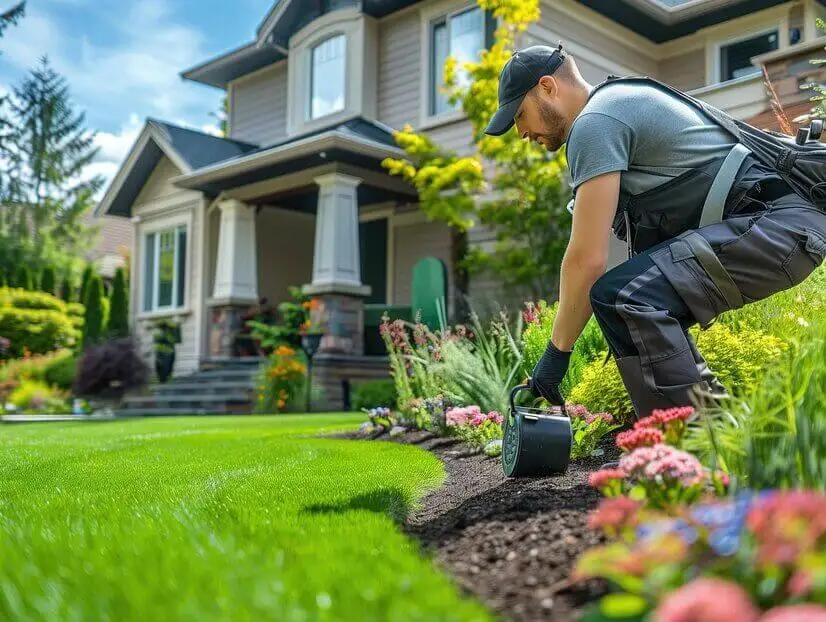
Plant Selection and Placement
Choosing the right plants is crucial in Landscape 101. Consider your climate, soil, and the sunlight your garden receives. Select plants that will thrive in these conditions. Think about the plant’s height, color, and blooming season. This will ensure your garden looks vibrant year-round.
Proper placement is essential. Group plants with similar water and light needs together. This helps in maintenance and ensures healthy growth.
The Role of Structures and Pathways
Structures and pathways are vital in Landscape Design 101. They provide organization and flow. Structures like pergolas, benches, and garden arches add focal points and seating areas.
Paveways lead people on how to move around the garden and even appreciate it. Choose stone, brick or gravel for surfaces that are long-lasting and add to the beauty of the house.
Importance of Lighting and Water Features
Lighting is not only a safety feature but also an aesthetic addition. It is important to use lights in the garden to illuminate pathways, plants, and other structures. Solar lights are environmental friendly.
Fountains and ponds, as a source of water, make it relaxing. They help draw wildlife and make the atmosphere serene. It is therefore important that these features be well-placed and well-maintained so as to continue to function and look as intended.
All these elements are essential components of good landscape design. When it comes to the landscaping of an outdoor area, it is essential to pay attention to plants, structures, walkways, lighting, and water elements.
Essential Landscaping Tools and Equipment
Before you begin, you need the right equipment when it comes to landscaping work. Here is the list of tools for absolute basics for easy identification of the hand tool and machinery needed.
Hand Tools
- Rake: Ideal for compaction of soil, elimination of weeds, and distribution of mulch. A quality rake makes these tasks easier, and more efficient.
- Pruners: Suitable for triming shrubs, hedges, and small trees. It is essential to use sharp pruners to avoid causing harm to the plants while trimming them.
- Trowel: It is suitable for minor digging operations like planting of flowers or planting bulbs. Flexibility, comfortable grip, and a material that would last long are also important aspects.
- Hoe: Excellent for weeding as well as preparing the beds for planting.
Machinery
- Lawn Mower: Cuts your grass into fine neats. According to the size of your lawn, for example how big it is and the nature of grounds, choose a mower that fits that lawn.
- Leaf Blower: Suitable for use in removing leaves and debris on your compound or garden. A powerful leaf blower is convenient and efficient.
- Hose Reel: Makes sure that your garden hose is properly pulled and coiled for easy use. It reduces the chances of tangles and increases the durability of your hose.
- Edger: Defines clear paths along corridors, roadways, and greenery. An edger gives form to your landscape by creating clear lines of division.
Recommended For Your Project
Highlighting VEVOR’s Landscaping Products
The landscaping tools and equipment sold by VEVOR are of the highest quality. Their products are long-lasting and user-friendly, especially for people who are new to the game.
- VEVOR Garden Weed Barrier Fabric
The VEVOR Garden Weed Barrier Fabric is manufactured from tough polypropylene material and is ideal for weed suppression and soil enhancement. They have high permeability to allow for appropriate water flow and they are very easy to install for any garden type.
- VEVOR Collapsible Rain Barrel
The VEVOR Collapsible Rain Barrel is an environmentally friendly product that provides rainwater recycling due to its PVC materials. This product is available in 53 and 100-gallon capacities, it is convenient and can be easily stored so it is perfect for harvesting and using rainwater on your garden.
- VEVOR Retractable Hose Reel
The VEVOR Retractable Hose Reel has a slow-retract mechanism and comes with a 180° swivel bracket for easy maneuvering when watering. Great for lawn maintenance it is built to last with 65 ft hose coming with a locking mechanism to secure the hose when not in use.
- VEVOR Steel Landscape Edging
The VEVOR Steel Landscape Edging provides a clean and durable solution for defining garden borders. Made from rust-resistant, flexible steel, it’s easy to bend into any shape and simple to install, ensuring your garden looks neat and well-maintained.
VEVOR’s landscaping tools are not only high in quality but also very functional. They make your landscaping tasks simpler and more enjoyable.
Planning Your Landscape Project
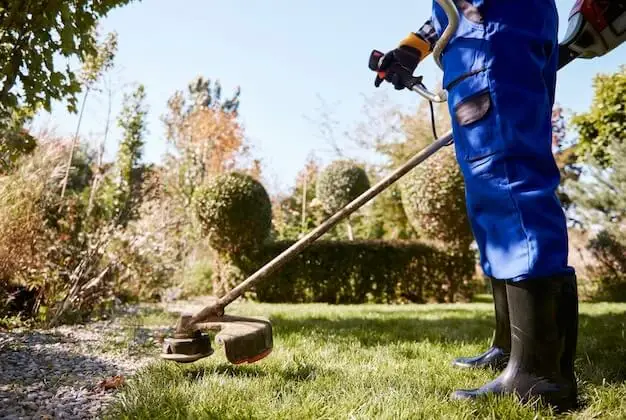
Assess Your Space and Needs
Start by evaluating your yard. Measure the area and note features like trees, slopes, and structures. Consider how you use the space. Do you need areas for kids to play or a quiet spot to relax? Understanding your needs helps you plan better.
Create a Landscaping Plan and Budget
Sketch a simple plan of your yard. Include existing features and areas you want to develop. Decide on the main elements, like flower beds, pathways, and seating areas. This is your roadmap.
Next, set a budget. Determine how much you can spend on plants, materials, and tools. Prioritize your spending. Focus on key areas first. If your budget is tight, plan to complete your project in phases. This way, you can spread costs over time.
Choose the Right Plants and Materials
Selecting plants is crucial. Consider your climate and soil type. Choose plants that thrive in your area. This reduces maintenance and increases success.
Think about plant sizes and growth rates. Place taller plants at the back and shorter ones in front. Group plants with similar water and sunlight needs together. This makes watering and care easier.
For materials, opt for quality. Use durable materials for paths and borders. Gravel, bricks, and stones are good options. They last long and look great.
Helpful Tips
- Sunlight and Shade: You really want to see where the sun kisses your yard. The plants requiring more light should be located in areas where they have access to so much direct sunlight. Plants that are less tolerant to sunlight should be placed in areas where they are likely to receive less sunlight.
- Watering Needs: Schedule time for watering. Water should be used efficiently through means like drip irrigation or soaker hoses.
- Seasonal Changes: Think about how your garden would look like in spring, in summer, in autumn and in winter. Choose plants that have flowers all year round or those that are suited for each season.
Through this landscaping guide, you will be able to construct a great looking as well as functional landscape in your own home. In this way, there is no time and resources wasted in the formation of the garden of desire or necessity when they are well planned.
Common Landscaping Techniques
By following these techniques, you can maintain a beautiful and thriving garden with ease.
Soil Preparation and Planting
Soil, in particular is the foundation of the garden. The initial step is to take a sample of your soil. You can either purchase a do-it-yourself testing kit or take a soil sample to the laboratory. This enables one know the nutrient requirement of the soil.
Then, incorporate compost or any organic material into the mixtures. This enhances the soil’s physical and chemical properties. Mix the compost with the soil with a shovel to incorporate it. This helps to break the soil structure and allows easy root growth.
When planting ensure that you make a hole that is twice the size of the root ball of the plant. Put the plant in the hole, sprinkle the soil and pat the soil slightly. When planting them, then make sure you water the plant well. This assists in stabilizing the soil around the roots.
Watering, Mulching, and Maintenance
Another important aspect is watering, which is so crucial for the plant’s life and growth. Water the plants very well but do it less frequently. This facilitates root development and growth. Morning is the right time to water the plants. It prevents losses through evaporation and enables plants to take in water.
Mulching enables the conservation of soil moisture and the suppression of weeds. Apply a layer of compost or any other organic material, such as wood chips or straw, around plants. If the mulch touches the plant’s stem, the stem is likely to rot.
Maintenance is necessary to ensure your garden looks presentable at all times. Remove weeds regularly. They have to fight with plants for minerals. Remove diseased or damaged wood for plant health.
Avoiding Common Landscaping Mistakes
Overlooking Soil Quality and Drainage
Good soil quality is essential for a healthy garden. Test your soil to understand its needs. Add compost or organic matter to improve soil structure. Poor drainage can harm plants. Ensure your garden has proper drainage. If water pools after rain, consider raised beds or soil amendments to improve it.
Inadequate Planning for Plant Growth and Spacing
Plants need space to grow. Crowded plants compete for nutrients and sunlight. Research how big your plants will get. Give them enough room to spread out. This prevents overcrowding and promotes healthy growth. Plan your garden layout carefully. Place taller plants at the back and shorter ones in front.
Ignoring Seasonal Maintenance Needs
Gardens need care throughout the year. Each season has specific tasks. In spring, prepare soil and plant new flowers. Summer requires regular watering and weeding. Fall is for pruning and preparing plants for winter. Winter tasks include protecting plants from frost. Regular maintenance keeps your garden vibrant and healthy.
Frequently Asked Questions (FAQ) About Landscaping
How can I select the appropriate plants for my garden?
Select plants that can thrive in the climate of your environment and the type of soil you have. Look at the need for light and water. Local plants are ideal since they grow well in local climate conditions. Seek advice from the local nurseries on the types of plants that grow well in your locality.
How are weeds most effectively managed?
One can also use mulch to reduce weed growth and help in the conservation of moisture in the soil. Control weeds by pulling them manually and do this frequently so that they do not spread. Use a pre-emergent herbicide in early spring to prevent the germination of the weeds. Periodic maintenance ensures that your garden is free of weeds.
How many times should I water my plants?
Water deeply but less frequently to encourage deep root growth. Most plants need about 1 inch of water per week. Early morning watering reduces evaporation and allows plants to absorb water effectively. Adjust based on your climate and plant needs.
Conclusion and Final Tips
Every landscaping project needs proper planning and detailed working to make the project successful. Consider your landscape, choose attractive species and clear the land to plan an attractive garden. It is, therefore, crucial to do so in order to have a quality garden that will suit every season.
Think about VEVOR’s professional tools and accessories for landscaping: products such as weed barrier fabric, rain barrels, and retractable hose reels, for example. They improve the processes of gardening and makes it easier.
Visit the VEVOR website today to get the right landscaping equipment and improve your space’s outlook.


